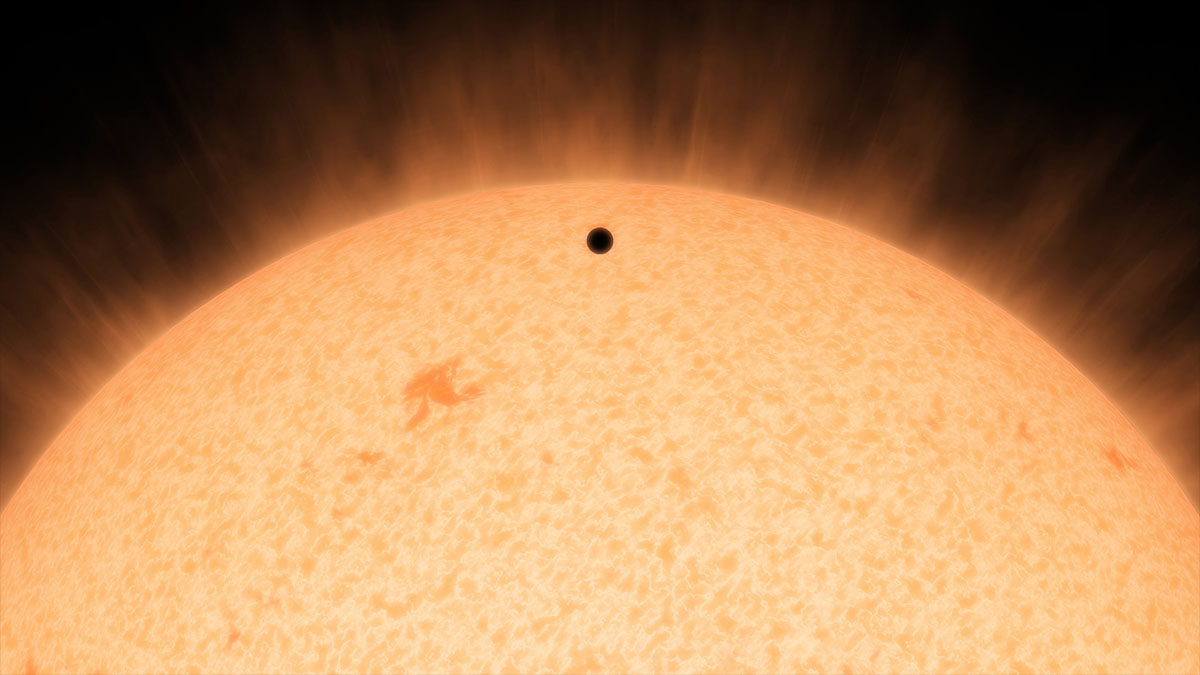expanding the search for terrestrial planets

For hundreds of years, we’ve speculated about planets orbiting other stars and even though we were sure the alien worlds we envisioned were out there, we just couldn’t seem to find solid proof of their existence. Now, a constantly expanding menagerie of extrasolar worlds is giving us new insights into our stellar neighborhood and we’re trying to move towards the biggest question in astronomy since the dawn of the discipline. Is there another planet just like our own out there? To help answer that question, NASA sent the Kepler to monitor an impressive swath of the sky to look for telltale wobbles of alien suns and the much sought after transits which are so far the only sure fire way to find a planet as small as our own with any degree of confidence. But since tracking down terrestrial planets requires looking at a lot of stars for a long time, Kepler may need a hand…
Enter MIT’s planned orbital observatory, TESS. Built to look specifically for transiting worlds in a possible orbit around some 2.5 million stars, the project planners expect to find about 2,700 planets in two years and out of those planets, about 100 to 300 should be within our weight category. Or at least this is what the a back of the envelope statistical approximation seems to yield. Without directly imaging the planets themselves, we would have a hard time knowing if they were habitable or not and unless we could try to spot an alien forest with a pixel wide image of an intriguing exoplanet, the best we’d have is speculation based on spectrometry findings of gases that should indicate an active biosphere, like oxygen, in the planet’s air. But getting a snapshot of an exoplanet is a secondary step which would require the construction of a hyper-scope that would be powerful enough to resolve the worlds in question despite the blinding glare of their parent stars.
Though we should note that our hypothetical exoplanet photographing telescope probably wouldn’t be just an enormous collection of lenses and mirrors in a single device but an entire network of high tech telescopes in orbit and on the ground focusing their full power on the distant speck and combining their data into the single snapshot we would see on the cover of almost every magazine and on the front page of every science blog and news site in the world the next day. Still, before we get to that point, telescopes have to spot Earth 2.0 and that’s where Kepler and projects like TESS would be crucial. Hopefully NASA would find enough money in its coffers to build and launch something like the satellite MIT is proposing, or another orbiting observatory like it, so we could be one step closer to actually knowing what exotic, distant worlds really look like rather than being limited to drawing CG simulation after CG simulation with a hefty dose of guesswork.





